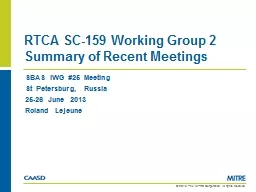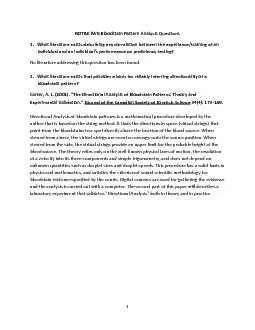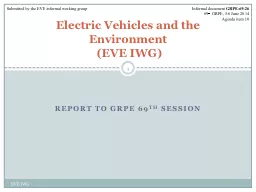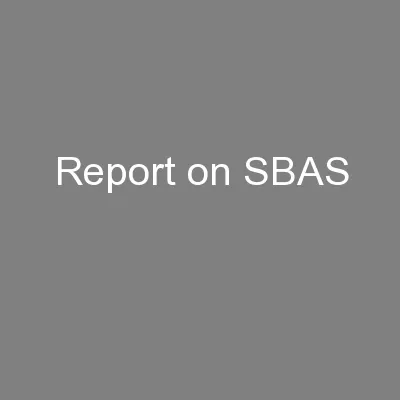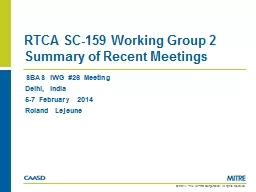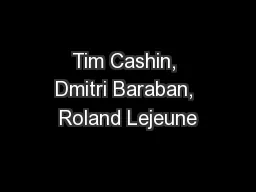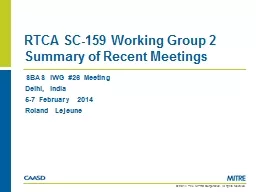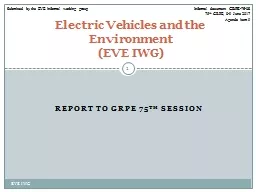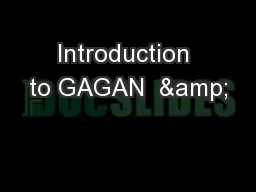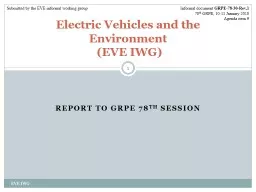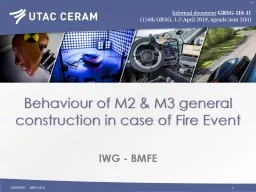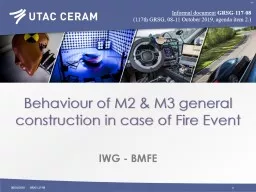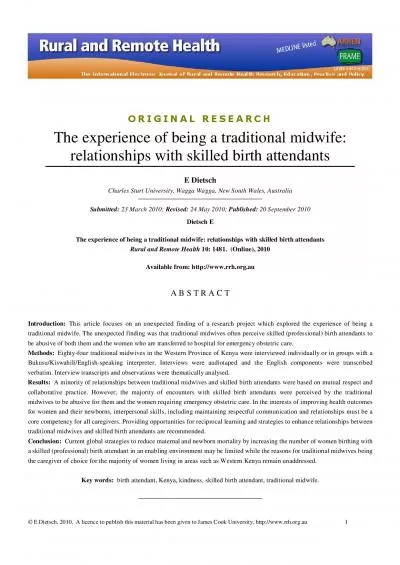PPT-SBAS IWG #25 Meeting
Author : test | Published Date : 2016-06-03
St Petersburg Russia 2526 June 2013 Roland Lejeune RTCA SC159 Working Group 2 Summary of Recent Meetings Introduction 1 of 2 Only one RTCA SC159 WG2 meeting
Presentation Embed Code
Download Presentation
Download Presentation The PPT/PDF document "SBAS IWG #25 Meeting" is the property of its rightful owner. Permission is granted to download and print the materials on this website for personal, non-commercial use only, and to display it on your personal computer provided you do not modify the materials and that you retain all copyright notices contained in the materials. By downloading content from our website, you accept the terms of this agreement.
SBAS IWG #25 Meeting: Transcript
Download Rules Of Document
"SBAS IWG #25 Meeting"The content belongs to its owner. You may download and print it for personal use, without modification, and keep all copyright notices. By downloading, you agree to these terms.
Related Documents

